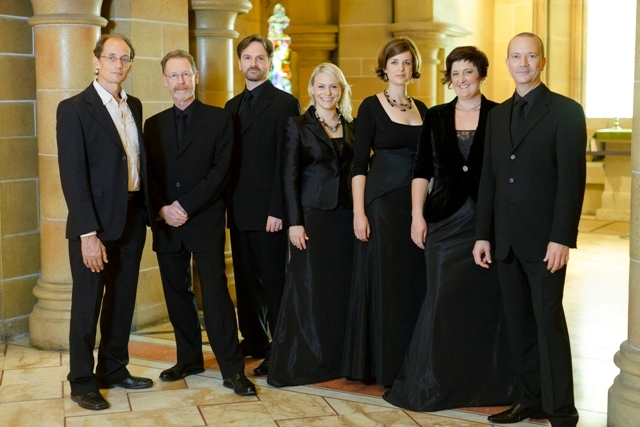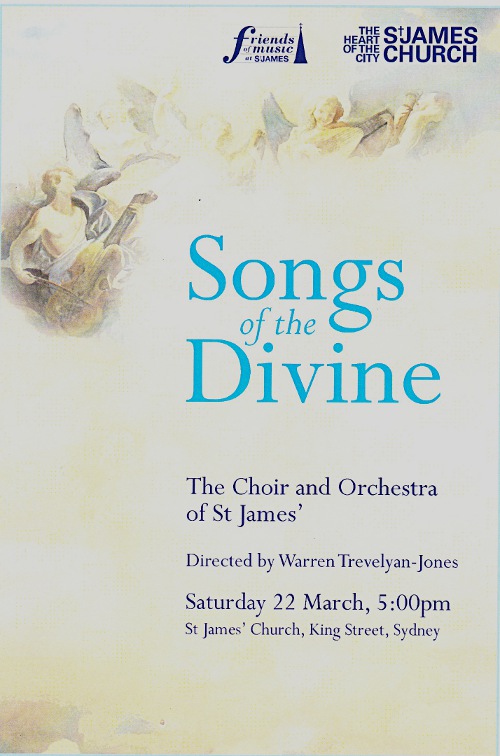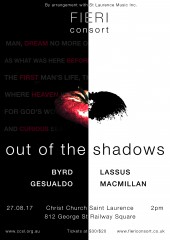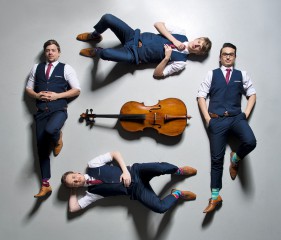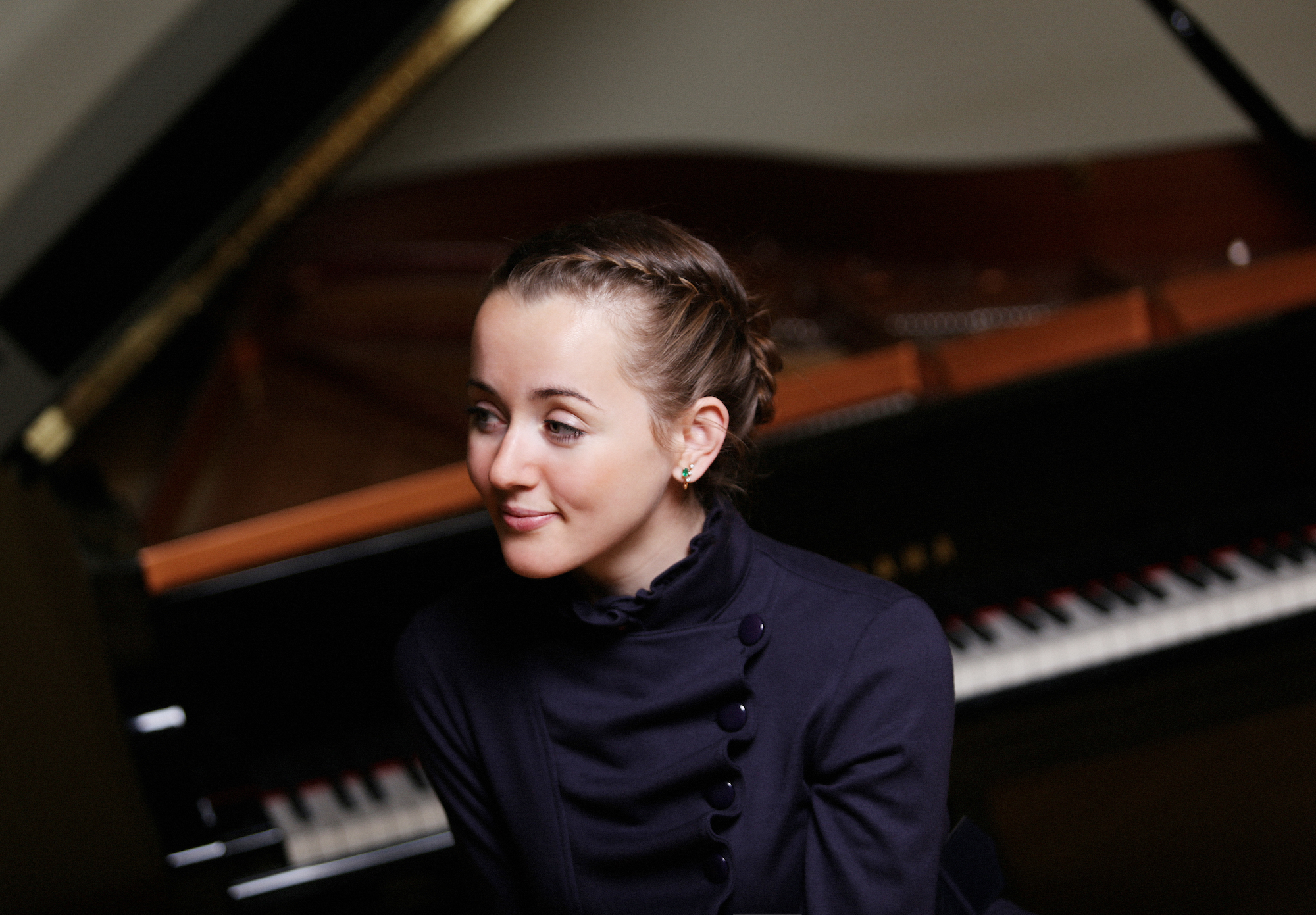Concert Review: Bach’s Universal Light/ Bach Akademie Australia/ Melbourne Digital Concert Hall

Bach’s Universal Light
Bach Akademie Australia
Melbourne Digital Concert Hall
October 2, 2020
It was a concert for our times when the Bach Akademie Australia presented Bach’s Universal Light, on Melbourne Digital Concert Hall. Livestreamed from the Cellblock Theatre at Sydney’s National Art School, founder and artistic director of the BAA, Madeleine Easton, gathered an ensemble of four singers and nine instrumentalists, appropriately distanced, who took us from darkness to light with four exemplars of JS Bach’s brilliance. In her welcoming remarks, Easton placed her repertoire selections in context, dedicating the concert ‘to loss’ but noting that in Bach’s music there is always optimism, redemption and resolution.
Opening with the funeral cantata, BWV 106 ‘Gottes Zeit ist die allerbeste Zeit’ – Actus Tragicus (God’s time is the best of all times), written when Bach was probably just 22, he already thumbs his nose at tradition. The violins are conspicuous by their absence with two obbligato alto recorders and two viola da gambas, providing a serene dialogue over organ continuo.
The four vocal soloists, performed the choruses and solos in a well-balanced and beautifully matched ensemble. This work which seems so simple in its beauty, belies the complexities of its construction. The ensemble, both vocal and instrumental, experts in understanding and interpreting Bach, used their mastery to bring the music to life through articulation, phrasing and finely-spun dynamics. Accompanied by Easton’s erudite analysis of the cantata in her programme notes, the performers built up and peeled back layer after layer, presenting a work that continues to shatter in its aesthetics and emotional grab.
Moving from organ to two-manual harpsichord, Neal Peres Da Costa performed the Toccata and Fugue from the Partita No 6 for solo harpsichord BWV 830. Published at Bach’s own expense, the collection from which the BWV 830 derives, was especially important to Bach for various reasons. Given the opus no 1 by him, it was ‘composed for music- lovers to refresh their spirits’. Turning our thoughts from darkness to light, Peres Da Costa’s meticulously researched performances are as ever, engaging as well as enlightening.
Madeleine Easton’s sunny rendition of the ever-popular but fiendishly difficult Praeludium, Gavotte en Rondeau & Gigue from Partita No. 3 in E major, BWV 1006 was dashed off with aplomb before she introduced one of her personal favourites, the Brandenburg Concerto No. 4 in G major BWV 1049.
Another example of Bach’s inimitable assemblage of instruments, this concerto is scored for string ensemble and continuo with violin and two flutes taking the solo parts.The latter three are at times are allies and at others, adversaries. The recorders are no longer in mourning, but in a nod to their versatility, they project a light-hearted certitude. Not content to be in the side-lines, the violin hand-springs its way to centre-stage at several points. Easton’s virtuosity was at the fore as she stared down the double and triple-stops, bariolage and quick-fire passages with breathtaking tempi.
The Cellblock Theatre is an apt setting. Its minimal features allow full focus on the performers and an intimacy not afforded in a regular concert setting, Interesting camera angles also brought close-up views of performers and technique.
The MDCH has been a critical and innovative element in adapting to the COVID-19 crisis, keeping both artists and audiences engaged in a global network, and treading water until times improve. The partnership between the NAS and the MDCH for this series of spring concerts, has been a welcome development, allowing Sydney musicians to join the network and keep performing through the COVID-19 restrictions.
Shamistha de Soysa for SoundsLikeSydney©


